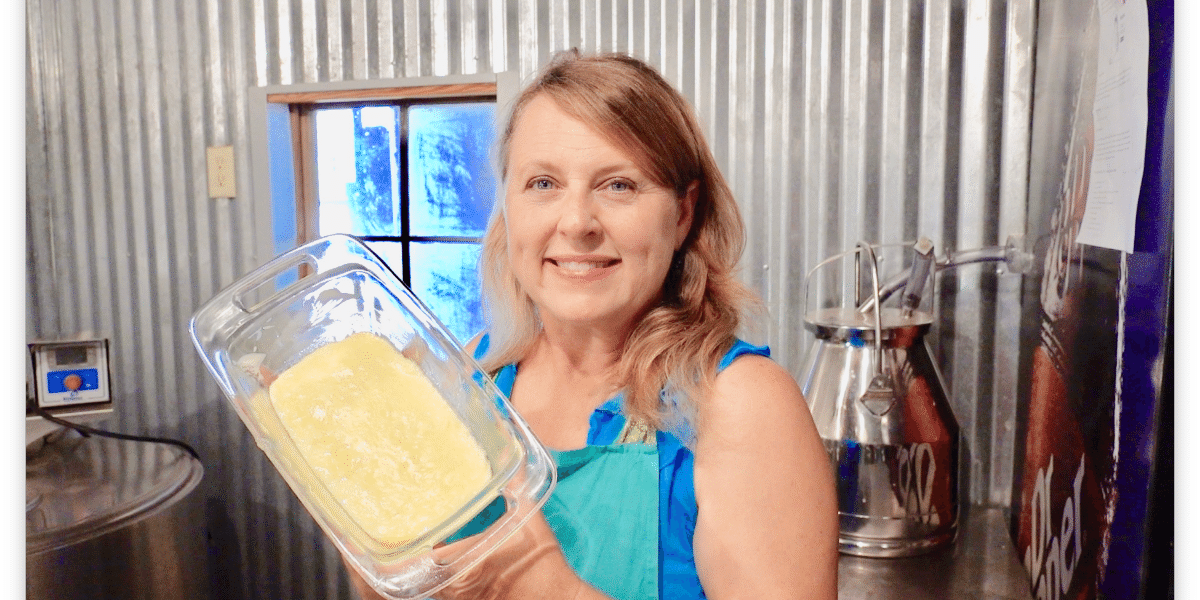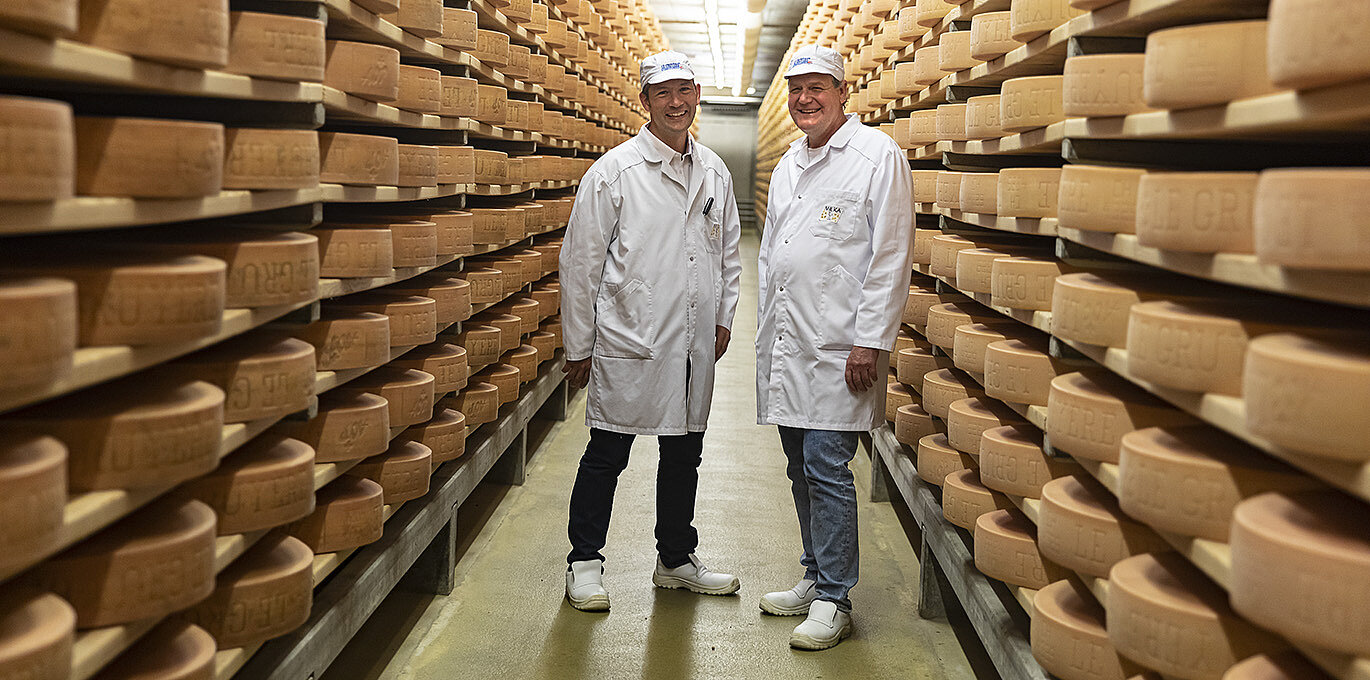Behind the Scenes with Cheese Makers Melbourne: Featuring Floridia Cheese
Behind the Scenes with Cheese Makers Melbourne: Featuring Floridia Cheese
Blog Article
Unlocking the Keys of Artisanal Cheese Making: A Step-by-Step Do It Yourself Overview
In the world of culinary workmanship, artisanal cheese making stands as a testament to the fragile equilibrium between custom and development. Each action in the procedure, from selecting the best milk to refining aging strategies, holds within it a wealth of expertise gave via generations. As we get started on this journey to demystify the art of developing charming cheeses, we are encountered with a tapestry of skills and secrets waiting to be untangled. Join us as we explore the intricacies of this old craft, where scientific research, art, and perseverance converge to produce flavors that entice the detects.
Choosing the Right Milk
When embarking on the trip of artisanal cheese production, the option of milk plays an essential duty in determining the top quality and characteristics of the final product. The type of milk selected influences the flavor, appearance, and generally account of the cheese.
Additionally, the source of the milk, whether from cows, goats, lamb, or buffalo, contributes unique tastes and qualities to the cheese. Each kind of milk brings its own nuances, enabling for a wide array of cheese selections to be crafted based on the picked milk.
Culturing and Coagulating
To start the cheese-making process, the crucial steps of culturing and coagulating must be thoroughly executed to change milk into curds and whey. The type of culture used can dramatically impact the taste, appearance, and ripening of the last cheese item.

The timing and temperature control throughout culturing and coagulation are essential factors that influence the last end result of celebrity. Appropriate implementation of these steps is important to make certain the preferred structure, taste, and uniformity of the artisanal cheese being generated.
Draining Pipes and Pressing Curds
After the milk healthy proteins have actually coagulated and the curds have actually been reduced to launch whey, the following important action in artisanal cheese making entails draining and pushing the curds to accomplish the preferred appearance and uniformity of the final cheese item. The time for draining can differ depending on the kind of cheese being made and the preferred moisture web content.
When the curds have completely drained, the next step is pressing. Pressing helps remove any remaining whey and compacts the curds to create a strong cheese wheel. Pressing can be done using specialized cheese presses that apply mild and consistent stress over an amount of time. The period and pressure applied throughout pressing will affect the last texture of celebrity, from soft and velvety to hard and firm. Appropriate draining pipes and pressing are crucial steps that substantially influence the high quality and features of the artisanal cheese being generated.
Aging and Flavoring Methods
Carrying out thorough aging and flavoring techniques is critical in improving the deepness and intricacy of artisanal cheeses, boosting their taste profiles to beautiful degrees of refinement and elegance. Aging plays a crucial duty in creating the special tastes and textures that differentiate artisanal cheeses.
Seasoning strategies likewise contribute dramatically to the last taste of artisanal cheeses. Cheesemakers may choose to introduce added flavors by integrating active ingredients such as herbs, spices, and even fruits into celebrity during the production procedure. In addition, some cheeses are washed or massaged with different fluids, such as salt water or alcohol, to enhance their structures and tastes.
Covering and Storing Cheeses

Conclusion
Finally, grasping the art of artisanal cheese making entails meticulously choosing the appropriate milk, complying with specific culturing and coagulating procedures, draining and pushing curds successfully, and using various aging and article flavoring methods. By following these actions vigilantly and with focus to information, you can create your own delicious and special cheeses in the house. Bear in mind to cover and save your cheeses correctly to make certain optimum flavor and texture advancement. Delighted cheese making!
Each kind of milk brings its own nuances, permitting for a vast variety of cheese varieties to be crafted based on the selected milk.After the milk proteins have coagulated and the curds have been reduced to launch whey, the next critical step in artisanal cheese making entails draining and pressing the curds to achieve the wanted appearance and uniformity of the final cheese product. Many cheeses must be covered in wax paper or cheese paper to allow them to take a breath while shielding them from drying out. For cheeses that require to proceed aging, such as bloomy skins or cleaned rinds, guarantee they are saved in an awesome environment like a cheese cave or a refrigerator set to the suitable temperature. web link By paying focus to the covering and storage of artisanal cheeses, cheese manufacturers and enthusiasts can maintain the honesty of these delicacies and totally enjoy their intricate flavors.
Report this page